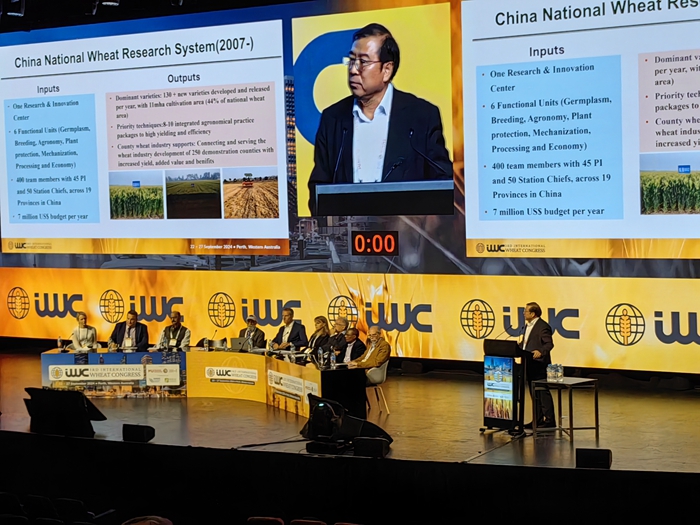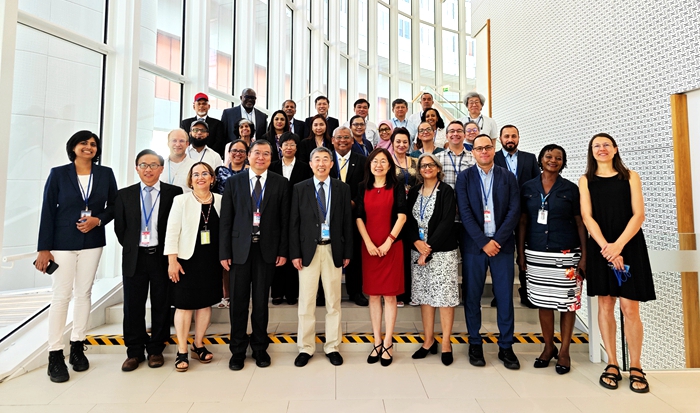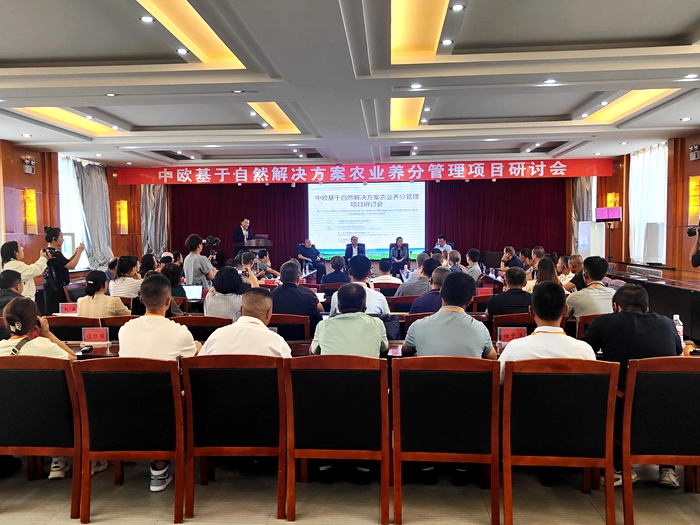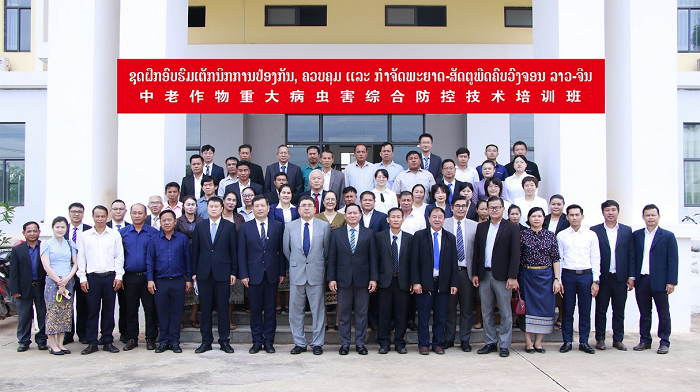The molecular mechanism of apple resistance to replant disease was revealed
Recently, the Apple Breeding Research Group of the Zhengzhou Fruit Research Institute, Chinese Academy of Agricultural Sciences, published a research paper titled "The MdERF61-mediated mdm-miR397b-MdLAC7b module regulates apple resistance to Fusarium solani via lignin biosynthesis" in Plant Physiology (https://doi.org/10.1093/plphys/kiae518). The study systematically elucidates the molecular mechanism by which MdERF61 transcriptionally regulates the mdm-miR397b-MdLAC7b module, mediating apple's resistance to apple replant disease (ARD). For the first time, stable genetic transformation has been used to obtain apple germplasm resistant to ARD.
China is the largest apple producer in the world, with its production volume consistently ranking first globally. The apple industry plays a crucial role in China’s agricultural economy, contributing significantly to structural adjustment, increasing farmers' incomes, and boosting exports. In recent years, as China’s apple industry has undergone adjustments in cultivar structure and cultivation models, more than 30% of orchards face aging trees and urgently need to be renewed. To better implement the national policy of “Five Prohibitions on Farmland,” which includes prohibiting the use of basic farmland for orchard development, replanting on the same site in old orchards has become an inevitable path. ARD commonly occurs during orchard reconstruction in aging orchards. Affected orchards experience late fruiting, poor quality, and low yields, severely limiting the sustainable development of the apple industry. For a long time, the control of ARD has relied on costly chemical methods that pose health risks to humans and the environment. Research focusing on prevention and control based on rootstock resistance and resistance genes has been scarce.
Through previous miRNA and degradome sequencing, the research team identified the mdm-miR397b-MdLAC7b module, which shows differential expression between resistant and susceptible genotypes to ARD. In this study, overexpression of the mdm-miR397b-MdLAC7b module altered lignin deposition and jasmonic acid levels in apple root tissues, while enhancing resistance to Fusarium solani, the primary pathogenic fungus of replant disease in China. Further, the team cloned the promoter sequence of mdm-miR397b and performed yeast one-hybrid screening, identifying MdERF61, a transcription factor from the ERF family. MdERF61 directly binds to two GCC-box sites on the mdm-miR397b promoter, transcriptionally repressing the expression of mdm-miR397b and mediating the regulatory network of ARD.
This research, driven by the urgent need for green and sustainable control of apple diseases in China's apple industry, elucidates the molecular mechanisms underlying root defense responses and disease regulation. It not only expands our understanding of how plant root systems resist pathogen invasion but also offers an economically viable, environmentally friendly, and sustainable strategy for controlling apple replant disease.
Associate Professor Zhou Zhe is the first author of the paper, with Professors Zhang Hengtao and Yan Zhenli as co-corresponding authors. The research was supported by the Science and Technology Innovation Project of the Chinese Academy of Agricultural Sciences (CAAS-ASTIP-2024-ZFRI) and the Basic Scientific Research Funds of the Chinese Academy of Agricultural Sciences (1610192023401).
By Zhouzhe
zhouzhe@caas.cn

The phenotypic and molecular mechanisms of module regulation for apple replant disease resistance.
-
 Nov 06, 2024Experts from ICS Participated in the 3rd IWC
Nov 06, 2024Experts from ICS Participated in the 3rd IWC -
 Oct 24, 2024Prof. Luxiang Liu Renewed His Term as the Chairman of the Mutation Breeding Network (MBN)
Oct 24, 2024Prof. Luxiang Liu Renewed His Term as the Chairman of the Mutation Breeding Network (MBN) -
 Oct 23, 2024IPPCAAS Wins the 2024 FAO Achievement Award
Oct 23, 2024IPPCAAS Wins the 2024 FAO Achievement Award -
 Oct 23, 2024ICS Hosted the Symposium of China-European Union Nature-based Solutions for Nutrient Management International Cooperation Program
Oct 23, 2024ICS Hosted the Symposium of China-European Union Nature-based Solutions for Nutrient Management International Cooperation Program -
 Sep 30, 2024China-Laos Training Workshop on Integrated Management of Major Crop Pests and Diseases Concludes Successfully in Laos
Sep 30, 2024China-Laos Training Workshop on Integrated Management of Major Crop Pests and Diseases Concludes Successfully in Laos
